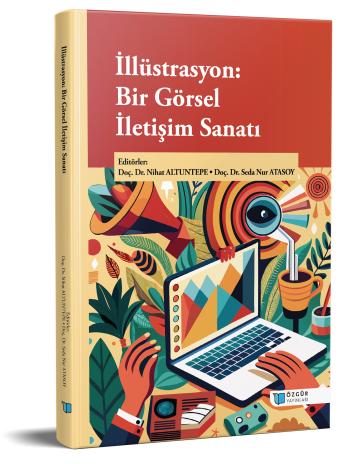
The Transformative Power of Supergraphics
Chapter from the book:
Altuntepe,
N.
&
Atasoy,
S.
N.
(eds.)
2024.
Illustration as Visual Communication.
Synopsis
Supergraphics is a field of art that has become widespread after the 1960s and helps this area to gain a new identity by changing the area where it is applied without the limitation of indoor or outdoor space. Popularised by pioneers such as Barbara Stauffacher Solomon and Jean-Philippe Lenclos in the mid-20th century, this method creates strong aesthetic and emotional effects on users by blending visual expression with the physical characteristics of the space. It is a particularly useful tool for changing how space is perceived, increasing the functionality of environments and improving the user experience. This study explores the historical origins of supergraphics and evaluates how they transform space. It focuses on how design components such as colour, form, illustration and typography can connect with the people who experience them, create perceptual depth and redefine the boundaries of a space. Examples of the uses of supergraphics that can transform a variety of environments, including homes, workplaces and public spaces, are also presented. These examples are analysed according to the concept, interaction with space and relationship with the viewer, which constitute a successful supergraphic. It is argued that supergraphics, as large-scale graphic designs, are now an indispensable component of architectural and spatial design, and that supergraphics are not only an aesthetic component, but also transform space in social, cultural and utilitarian ways.

